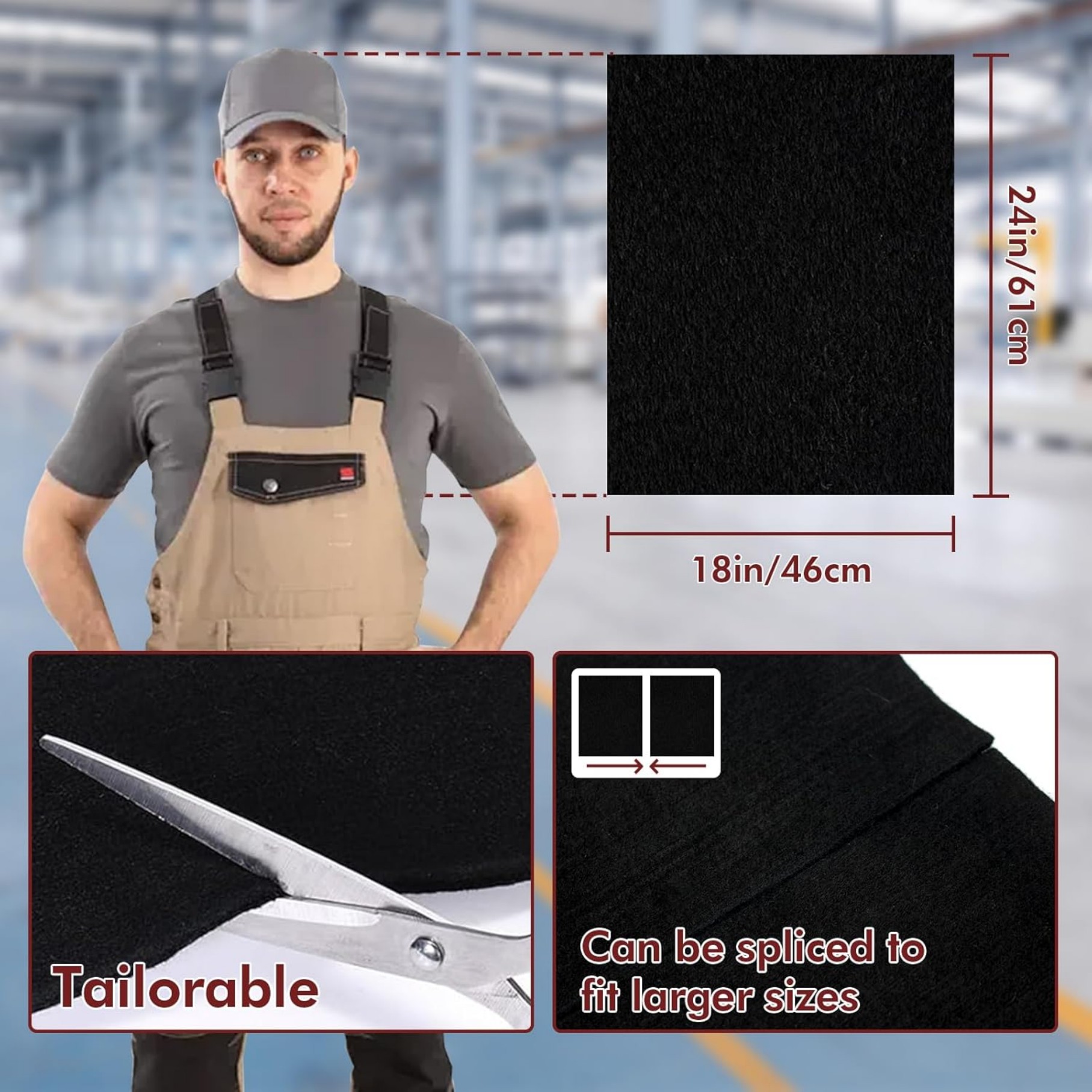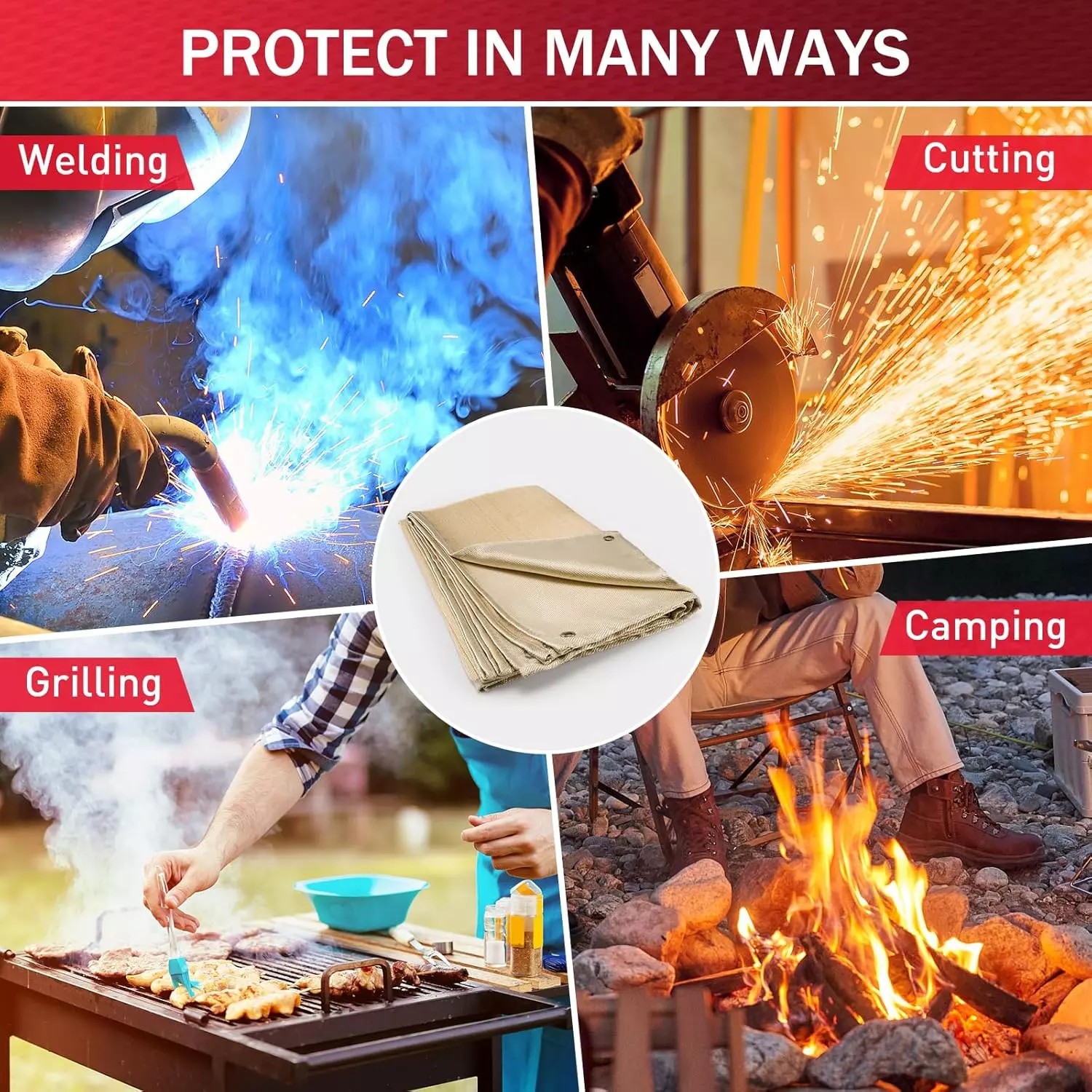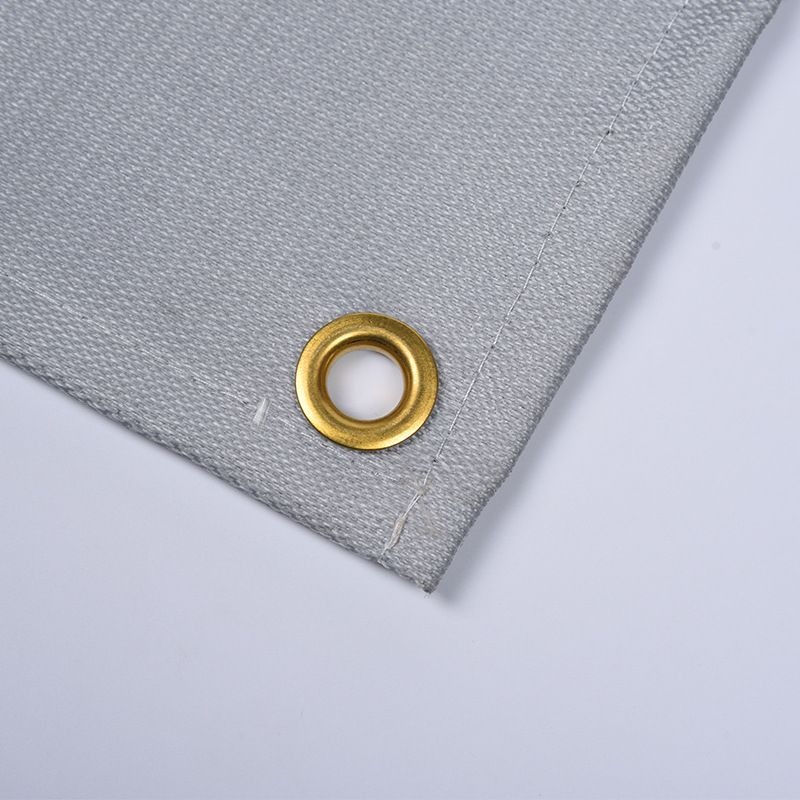Flame Retardant Welding Fire Blanket: Essential Safety Gear for Welders
A flame retardant welding fire blanket is a critical safety tool that protects against sparks, slag, and fire hazards during welding operations. This article explains its importance, proper use, and maintenance to ensure workplace safety.
Why You Need a Flame Retardant Welding Fire Blanket
Welding generates intense heat, sparks, and molten metal that can ignite flammable materials nearby. A flame retardant welding fire blanket acts as a protective barrier, preventing fires from spreading. Unlike regular blankets, these are specially designed to withstand extreme temperatures up to 1000°C (1832°F) without catching fire.
The blanket's flame-resistant properties come from materials like fiberglass or silica fabric treated with fire-retardant chemicals. When properly deployed, it can smother small fires instantly or protect surrounding areas from welding sparks.
Key Features of Quality Welding Fire Blankets
When choosing a flame retardant welding fire blanket, look for these essential features:
- High-temperature resistance:Should withstand at least 1000°C (1832°F)
- Durable material:Fiberglass or silica fabric with reinforced edges
- Proper size:Minimum 1m x 1m for small jobs, larger for bigger work areas
- Quick deployment:Easy-to-access storage and simple unfolding mechanism
- Certification:Meets relevant safety standards like EN 1869 or ASTM
How to Use Your Welding Fire Blanket Safely
Proper usage ensures maximum protection:

- Keep the blanket within easy reach of your welding area
- Before welding, cover nearby flammable materials completely
- For fire emergencies, approach from upwind and cover the flames completely
- Leave the blanket in place until the area cools completely
- Never attempt to move a burning object wrapped in the blanket
Remember that while flame retardant welding fire blankets are effective for small fires, they're not substitutes for proper fire extinguishers in case of larger fires.
Maintenance and Care Tips
To keep your welding fire blanket in optimal condition:
- Inspect regularly for tears, holes, or excessive wear
- Clean with mild soap and water if dirty - never use harsh chemicals
- Store in a dry, easily accessible location away from direct sunlight
- Replace immediately if damaged or after actual fire use
- Follow manufacturer's guidelines for specific care instructions
Common Applications Beyond Welding
While designed for welding, these versatile blankets have other uses:
- Protecting work surfaces during grinding or cutting operations
- Covering electrical equipment during hot work nearby
- Emergency fire protection in workshops, garages, or industrial settings
- Creating safe zones for flammable material storage
Choosing the Right Blanket for Your Needs
Consider these factors when selecting your flame retardant welding fire blanket:
- Work environment:Larger spaces need bigger blankets
- Frequency of use:Heavy-duty operations require more durable materials
- Portability:Mobile welders might prefer compact, foldable options
- Regulations:Ensure compliance with local workplace safety standards
Investing in a quality flame retardant welding fire blanket is a small price for significantly improved safety. It's an essential part of any welder's personal protective equipment that can prevent costly accidents and potentially save lives.
Frequently Asked Questions
How often should I replace my welding fire blanket?
Replace immediately after actual fire use or when you notice any damage. Even with proper care, consider replacing every 2-3 years as materials degrade over time.
Can I wash my flame retardant welding fire blanket?
Light cleaning with mild soap and water is acceptable, but avoid harsh detergents or machine washing which can damage the fire-retardant properties.
Are all welding blankets flame retardant?
No. Only specifically designed flame retardant welding fire blankets offer proper protection. Regular blankets or inferior products may melt or catch fire.
What's the difference between flame retardant and fireproof?
Flame retardant materials resist ignition and slow fire spread, while fireproof suggests complete immunity to fire - which doesn't exist at welding temperatures.






